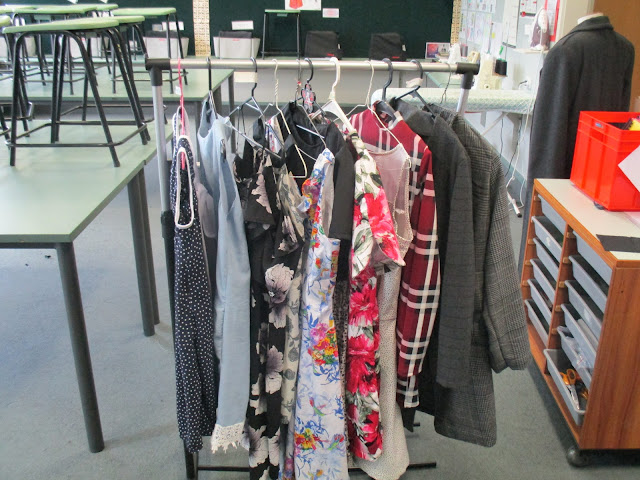Here are some suitable summer fabrics to keep you cool!
1. COTTON
Where to Wear it?
Cotton is perfect for all climates, which is why it’s widely worn & loved. Wear this in dry heat or humidity, too.
What’s The Benefit?
This natural fiber allows air to circulate & move freely through the fabric, which makes heat more bearable. It’s like a built-in air-conditioner for your body!
Stylist Tip: Remember, cotton can shrink in the dryer! In the summer, take the extra minute to hang dry your cotton garments (it’s hot anyways!).

2. CHAMBRAY
Where to Wear It?
Because this is cotton, it too will keep you cool in dry heat & humidity.
What’s The Benefit?
Chambray often comes in a higher thread count, which means it’s a finer weave & more breathable fabric.
Stylist Tip: Chambray has a similar look to denim so you can get the look without feeling weighed down.

3. RAYON
Where to Wear It?
Rayon is best in dry heat. Since it’s still not a natural fiber, it won’t wick away moisture as well as cotton.
What’s The Benefit?
Rayon is a thinner thread than cotton, so it’s great for delicate, lightweight clothing that drapes ever so well.

4. LINEN
Where to Wear It?
Anywhere! Linen was made for the heat.
What’s The Benefit?
Linen textiles are some of the oldest in the world—people have been wearing it for centuries, and for good reason. The natural fiber and light weave allow for maximum breathability; the coolest of the cool.
Stylist Tip: Wrinkles are part of the carefree, lived-in beauty of linen. Hate to iron? Lightly spray your garment with a water bottle and smooth over wrinkles with your hand.

5. BLENDS
Where to Wear It?
Synthetic fabrics are known for detracting moisture (think: athletic wear), so they’re great in humid climates.
What’s The Benefit?
Blended fabrics keep their shape & require little to no maintenance (like ironing!).
Stylist tip: Blended fabrics resist heat well, so you can wash and dry garments without worrying about damage or dreaded shrinkage. Machine washable = huge time-saver!
Information sourced from: https://blog.stitchfix.com/fashion-tips/guide-breathable-summer-fabrics/


































